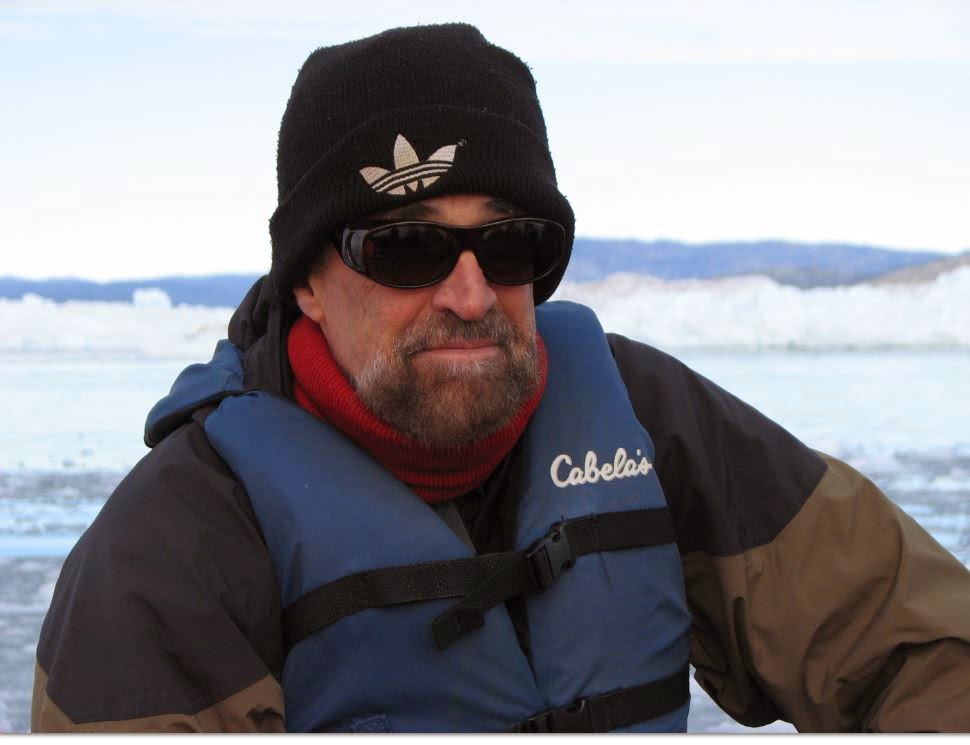Searching for John Franklin: 2015 should bring major revelations . . .
Why are people highlighting the search for the Terror?
That’s what I found myself wondering. The most
exciting discoveries will almost certainly be made aboard the Erebus. Last September, with winter
coming on, time ran out before Parks Canada divers could investigate that long-lost
Franklin vessel. When they return this year, they will have time to look
around.
Will they find any readable records? Journals,
logbooks, letters? Even daguerrotypes (antique images) would be immensely
valuable. Such documents could revolutionize our understanding of what happened
to the Franklin expedition. For those interested in the history of Arctic
exploration, they constitute the Holy Grail.
Second question: Will the divers find any dead
bodies? Some Inuit claimed they boarded one of the ships and discovered the remains
of a large man. John Franklin was a large man. He commanded the expedition from
the Erebus. His remains have never
been found.
So, what does the Erebus have to tell us? For this year’s search, that should logically be top
priority. Finding the Terror has to be secondary. Inuit testimony suggests that it was crushed by ice and
then sank. Chances are that it looks less like the still-extant Erebus than like a debris field.
Why, then, focus on locating the Terror? Wait, I think I see it.
Back in 1992, the Erebus and the Terror were
designated National Historic Sites, wherever they might be located. The undeclared
hope was that, when found, the ships could be upgraded into UNESCO World
Heritage Sites. Such a designation would strengthen Canada’s hand with regard
to controlling the waters of the Northwest Passage: you can’t have oil tankers sailing
willy-nilly over a world-heritage site.
As a Canadian environmentalist (yes, we exist!), I support that position. But here is
the rub: the location of the Erebus,
off the Adelaide Peninsula, does not help matters. It is outside any potential
shipping lane. So that would be why finding the Terror remains crucial. Most informed observers think it will be found in Victoria Strait off the west coast of King William Island.
And, given the effects of climate change, that waterway does constitute a
possible shipping lane.
Where does that leave us? Both objectives are high
priority — one to resolve a haunting mystery, the other to strengthen Canadian
control over disputed waters. Bring on the summer melt!

Interesting considerations. Perhaps the Erebus was moved apart by someone of the shipping line during the summer previous to its discovery in 2014, who knows.
Anyway, if the Terror is found near the west shores of King William Island, Would the whole strait be considered a world-heritage site or only a perimeter around the ship?
I agree with a bird in hand is worth two in the bush, however, finding a destroyed terror would help again to find if the Inuit testimonies about those facts were true or not.